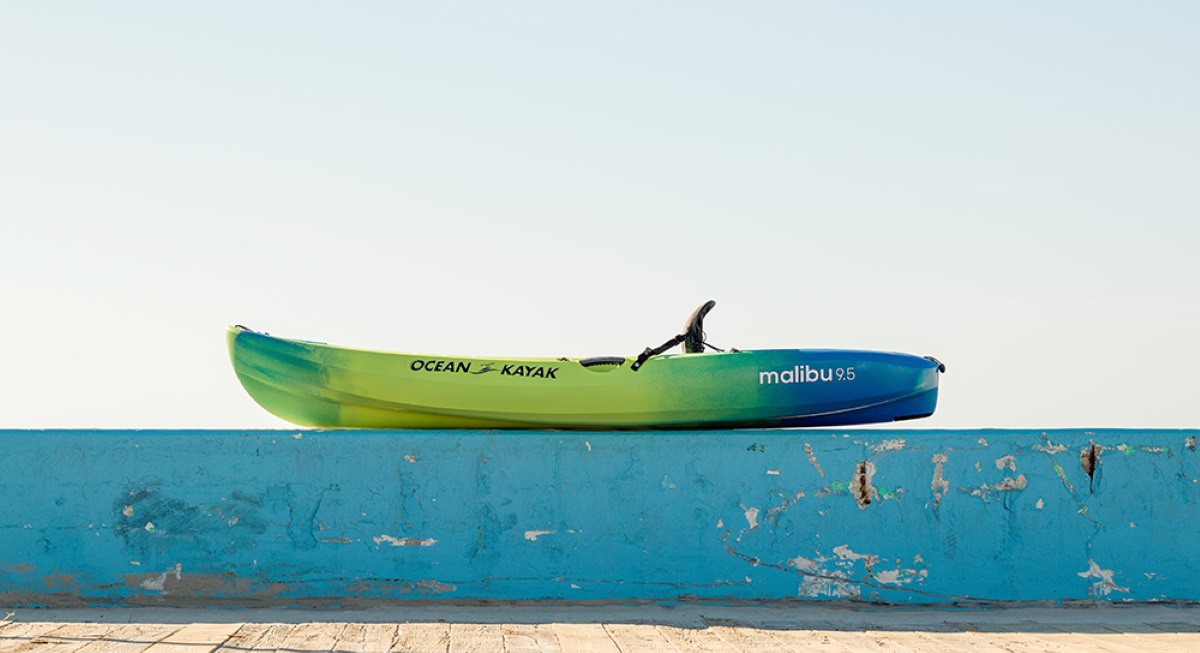

Articles
How To Store A Sit On Top Kayak
Modified: October 20, 2024
Learn the best techniques for storing a sit on top kayak with these helpful articles. Protect your kayak and prolong its lifespan with proper storage methods.
(Many of the links in this article redirect to a specific reviewed product. Your purchase of these products through affiliate links helps to generate commission for Storables.com, at no extra cost. Learn more)
Introduction
Welcome to the world of kayaking! If you have recently purchased a sit-on-top kayak, congratulations! Now that you have enjoyed many memorable trips on the water, it’s important to know how to properly store your kayak when it’s not in use. Proper storage will help extend the lifespan of your kayak and ensure it is in top shape for your next adventure.
In this article, we will guide you through the process of storing a sit-on-top kayak, covering various storage options and providing valuable tips along the way. Whether you have a garage, shed, or need to store your kayak outdoors, we’ve got you covered.
But before we delve into the specifics of storing your kayak, let’s quickly touch upon the importance of choosing the right storage location.
Key Takeaways:
- Proper storage is crucial for preserving the lifespan of your sit-on-top kayak. Choose the right location, clean and dry your kayak, and utilize storage options such as racks or wall/ceiling mounts to keep it safe and in optimal condition.
- Long-term storage requires careful consideration of storage conditions, regular inspections, and preventative measures against pests and deterioration. By following these tips, you can ensure your kayak remains in top shape during extended periods of non-use.
Read more: How To Store A Kayak
Choosing the Right Storage Location
When it comes to storing your sit-on-top kayak, selecting the right location is crucial for its longevity. Ideally, you want to find a place that offers protection from the elements, such as rain, sun exposure, and extreme temperatures. Here are a few options to consider:
- Garage or Shed: If you have a garage or shed, this is an excellent storage option. It provides shelter, security, and keeps your kayak away from direct sunlight. Make sure there is enough space to accommodate the size of your kayak.
- Outdoor Storage Area: If you don’t have access to a garage or shed, you can consider an outdoor storage area. Look for a spot that provides good overhead coverage or use a protective tarp to shield your kayak from the elements.
- Kayak Storage Racks: Another convenient option is using kayak storage racks. These racks allow you to store your kayak vertically, keeping it off the ground and protecting it from potential damage. You can install these racks in your garage, shed, or even outdoors.
Now that you have a general idea of where to store your kayak, let’s move on to the next step: cleaning and drying your kayak before storage.
Cleaning and Drying the Kayak
Before you store your sit-on-top kayak, it’s essential to give it a thorough cleaning to remove any dirt, sand, or debris that may have accumulated during your last trip. Here’s a step-by-step guide on how to clean and dry your kayak:
- Rinse: Use a hose or a bucket of water to rinse off any loose dirt or debris from the kayak’s surface. Pay attention to the cockpit area and any crevices where dirt can get trapped.
- Scrub: Use a mild soap or kayak-specific cleaner and a soft-bristle brush to scrub the kayak’s surface. This will help remove stubborn stains and grime. Avoid using harsh chemicals or abrasive brushes that could damage the kayak’s finish.
- Rinse Again: After scrubbing, rinse off the soap or cleaner thoroughly using clean water. Make sure there are no soap residues left on the kayak.
- Dry: Allow your kayak to dry completely before storing it. Wipe down the surface with a clean towel or let it air dry naturally. Make sure to dry both the inside and outside of the kayak to prevent any moisture from causing damage.
By keeping your kayak clean and dry, you will prevent the growth of mold, mildew, and other potential issues that can arise from moisture. Now that your kayak is all cleaned up, we can move on to preparing it for storage.
Preparing the Kayak for Storage
Before you store your sit-on-top kayak, it’s important to take a few extra steps to ensure it remains in good condition during the off-season or extended periods of non-use. Here are some key things to consider when preparing your kayak for storage:
- Remove Accessories: Take off any removable accessories such as seats, fishing rod holders, or storage compartments. This will not only prevent them from getting damaged during storage but also make the kayak easier to store and handle.
- Check for Damage: Inspect your kayak for any signs of damage, such as cracks, dents, or leaks. Address any issues or repairs before storing the kayak to prevent further damage or water infiltration.
- Apply UV Protectant: If you are storing your kayak outdoors or in a location exposed to sunlight, consider applying a UV protectant spray or coating to prevent UV damage and fading of the kayak’s surface.
- Secure Loose Parts: Make sure all hatches, straps, or other loose parts are properly secured to avoid any potential damage or loss during storage.
- Cover or Protect: To provide additional protection, consider using a kayak cover or a tarp to shield your kayak from dust, debris, and sunlight. Ensure the cover is properly secured and well-ventilated to prevent moisture buildup.
By properly preparing your kayak for storage, you can minimize the risk of damage and ensure it’s ready for your next paddling season. Now that your kayak is ready, let’s look at different storage options depending on your available space.
Storing the Kayak in a Garage or Shed
If you have access to a garage or shed, it provides an ideal storage solution for your sit-on-top kayak. Here are some steps to follow when storing your kayak in a garage or shed:
- Clean and Dry: Before storing your kayak, make sure it is clean and completely dry to prevent any mold or mildew growth during storage.
- Choose a Suitable Spot: Select a spot in your garage or shed that has enough space to accommodate the size of your kayak. Ensure there are no sharp objects or potential hazards that could damage it.
- Use a Kayak Stand or Rack: Invest in a kayak storage stand or rack to keep your kayak off the floor. This will help prevent any potential damage from contact with the ground or other objects.
- Secure the Kayak: Once your kayak is placed in the storage stand or rack, use straps or bungee cords to secure it in place. This will ensure it stays in position and minimizes the risk of accidental falls or shifts.
- Cover or Protect: If your garage or shed is not fully enclosed or if there is a chance of dust or debris accumulation, consider using a kayak cover or a tarp to provide added protection.
Storing your kayak in a garage or shed offers the advantage of keeping it protected from the elements and potential vandalism. However, make sure to periodically check on your kayak to ensure there are no signs of damage or any issues with the storage space itself. Now let’s move on to storing your kayak outdoors.
Store your sit on top kayak in a cool, dry place away from direct sunlight. Use a kayak rack or hoist to keep it off the ground and prevent warping. Cover it with a tarp to protect it from dust and debris.
Read more: How To Store A Kayak Vertically
Storing the Kayak Outdoors
If you don’t have access to a garage or shed, or if you prefer to store your sit-on-top kayak outdoors, there are still ways to protect it from the elements. Here are some steps to follow when storing your kayak outdoors:
- Choose a Sheltered Area: Select a spot that provides some form of overhead coverage, such as a covered patio, under a sturdy awning, or against the side of a building. This will help protect your kayak from direct sunlight, rain, and other weather elements.
- Elevate the Kayak: To keep your kayak off the ground, place it on a sturdy kayak stand, foam blocks, or use a specially designed kayak storage rack. This will help prevent any damage caused by moisture or critters.
- Secure with Straps: Use straps or bungee cords to secure your kayak to a fixed object, such as a fence or a sturdy post. This will prevent it from being blown away by strong winds or inadvertently moved.
- Cover or Protect: Even if your kayak is in a sheltered area, it’s a good idea to use a kayak cover or a tarp to protect it from dust, debris, and prolonged sun exposure. Make sure the cover is properly secured to prevent it from blowing off.
- Regularly Inspect: Check on your kayak periodically to ensure there are no signs of damage or excessive moisture buildup. Remove any debris or water that may have collected on the kayak.
While storing your kayak outdoors may not offer the same level of protection as an enclosed storage space, taking these precautions will help minimize the risk of damage and extend the lifespan of your kayak. Now, let’s explore the option of using kayak storage racks for storage convenience.
Using Kayak Storage Racks
Kayak storage racks are a popular and convenient option for storing sit-on-top kayaks. These racks are designed to keep your kayak securely stored, organized, and easily accessible. Here are some tips on using kayak storage racks:
- Select the Right Rack: Choose a kayak storage rack that is suitable for the size and weight of your kayak. There are various options available, including freestanding racks, wall-mounted racks, and ceiling-mounted hoists.
- Installation: Follow the manufacturer’s instructions when installing your kayak storage rack. Ensure it is properly secured to the wall, ceiling, or floor to prevent any accidents or damage.
- Properly Space the Kayaks: If you have multiple kayaks, make sure they are spaced apart adequately on the rack to prevent any contact or damage. Some racks come with adjustable arms or straps to accommodate different kayak sizes.
- Secure the Kayaks: Use straps or bungee cords to securely fasten the kayaks to the storage rack. This will prevent them from slipping or falling off, especially if the rack is in a high-traffic area or prone to vibrations.
- Protective Padding: Consider using foam or rubber padding on the arms or hooks of the storage rack. This will provide additional cushioning and protection to prevent any potential scratches or damage to the kayak’s hull.
- Accessibility: Arrange your kayaks on the storage rack in a way that allows easy access to each one. This will make it convenient for you to grab a kayak whenever you’re ready for your next adventure.
Kayak storage racks are a great investment for keeping your kayaks organized, safe, and out of the way. Whether you have limited space or multiple kayaks to store, using kayak storage racks can provide a practical solution. Next, let’s explore another storage option: storing the kayak on a wall or ceiling.
Storing the Kayak on a Wall or Ceiling
If you’re looking to maximize space and keep your sit-on-top kayak safely stored, consider utilizing the wall or ceiling for storage. Here’s how you can store your kayak on a wall or ceiling:
- Choose the Right Location: Select a wall or ceiling area that is strong enough to support the weight of your kayak. Ensure there is enough space for the kayak to be mounted securely without any obstructions.
- Install Wall-Mounted Hooks: Purchase sturdy, wall-mounted hooks designed for kayak storage. Install them according to the manufacturer’s instructions, making sure they are properly anchored to the wall studs for maximum stability.
- Hang the Kayak: Use the wall-mounted hooks to hang your kayak by the grab handles or toggles on the kayak’s sides. Position the kayak horizontally or at a slight angle to minimize stress on the hull.
- Provide Padding: To prevent any scratching or damage to the kayak’s hull, consider placing foam padding or pool noodles on the hooks or contact points where the kayak rests against the wall.
- Clean and Secure: Before mounting the kayak on the wall, ensure it is clean and dry. Secure any loose accessories or gear to prevent them from swinging or falling off during storage.
- Use Ceiling Hoists: If you prefer to store your kayak on the ceiling, various ceiling-mounted hoist systems are available. These hoists allow you to lift and suspend your kayak from the ceiling, providing additional floor space.
- Follow Weight Limits: When using wall or ceiling storage, be mindful of the weight limits specified by the manufacturer. Avoid overloading the hooks or hoists to prevent accidents and damage to your kayak.
Storing your kayak on a wall or ceiling can be a space-efficient and visually appealing option. Just make sure to choose a suitable location, properly install the hooks or hoists, and take necessary precautions to protect your kayak while it’s suspended. Lastly, let’s dive into some tips for long-term kayak storage.
Tips for Long-Term Storage
If you are planning to store your sit-on-top kayak for an extended period, such as during the winter months or for an extended break between adventures, here are some valuable tips to ensure its proper long-term storage:
- Choose the Right Storage Conditions: Opt for a storage location that maintains a consistent temperature and humidity level. Extreme temperature fluctuations and high humidity can potentially damage your kayak.
- Keep It Elevated and Level: Whether you choose a garage, shed, or outdoor storage area, make sure your kayak is stored in a level position to avoid any warping or distortion of the hull.
- Regularly Inspect and Maintain: Periodically check on your kayak during long-term storage to ensure no damage or deterioration has occurred. Inspect for cracks, mold, or mildew, and address any issues promptly.
- Rotate the Kayak: If possible, rotate your kayak periodically during storage to prevent any long-term pressure points or permanent deformations in the hull.
- Monitor for Pests: Take precautions to prevent pests from nesting or causing damage to your kayak during storage. Use pest repellents or traps if necessary.
- Store Small Items Separately: Remove any small items, such as life jackets, paddles, or fishing gear, and store them separately. This will prevent any potential damage and make it easier to access your kayak when you’re ready to hit the water again.
- Consider Seasonal Maintenance: Before storing your kayak for the season, perform any necessary maintenance tasks, such as lubricating hinges or replacing worn-out parts. This will ensure your kayak is in good condition when you retrieve it for your next adventure.
By following these tips, you can maintain the quality and integrity of your sit-on-top kayak even during long periods of storage. Remember that proper maintenance and care are essential for the longevity of your kayak. With these tips in mind, you can confidently store your kayak and look forward to many more incredible paddling experiences in the future.
Hopefully, this comprehensive guide has provided you with valuable insights on how to store your sit-on-top kayak. By choosing the right storage location, cleaning and drying your kayak, and utilizing storage options such as racks or wall/ceiling mounts, you can ensure the safety and longevity of your kayak. Remember to follow proper procedures when preparing your kayak for storage and regularly inspect it for any signs of damage. With these tips, your kayak will be ready for your next adventure whenever you’re ready to hit the water!
Read more: How To Store Inflatable Kayak
Conclusion
Proper storage of your sit-on-top kayak is essential for preserving its lifespan and ensuring it’s ready for your next adventure. Whether you have access to a garage, shed, or need to store your kayak outdoors, there are various storage options available to suit your needs. By choosing the right storage location, cleaning and preparing your kayak, and using storage racks or wall/ceiling mounts, you can keep your kayak safe and in optimal condition.
Remember to clean and dry your kayak before storage to prevent any mold or mildew growth. Remove any accessories and check for any damage that needs to be addressed. Use protective measures such as kayak covers or tarps to shield your kayak from dust, debris, and prolonged sun exposure.
If you have a garage or shed, make use of the space by installing kayak storage racks or stands. This will help keep your kayak off the ground and protect it from potential damage. If you don’t have a covered storage area, find a sheltered spot outdoors and use straps to secure your kayak, along with a cover for additional protection.
For those with limited space, storing your kayak on a wall or ceiling can be a great space-saving option. Invest in quality wall-mounted hooks or ceiling hoists to safely suspend your kayak. Follow the weight limits and provide adequate padding to prevent any damage.
Lastly, if you’re planning on long-term storage, choose the right storage conditions, regularly inspect your kayak, and take necessary precautions to prevent pests or deterioration. By following these tips, you can ensure your kayak remains in top shape during extended periods of non-use.
So, whether you’re storing your sit-on-top kayak during the winter months or taking a break between adventures, follow these guidelines to properly store and maintain your kayak. Taking care of your kayak not only extends its lifespan but also ensures that you’ll have many more incredible paddling experiences in the future.
Now that you have all the information needed to store your sit-on-top kayak, it’s time to put it into action. Enjoy your adventures on the water, knowing that your kayak is being stored properly and will be ready for your next thrilling paddling excursion!
Frequently Asked Questions about How To Store A Sit On Top Kayak
Was this page helpful?
At Storables.com, we guarantee accurate and reliable information. Our content, validated by Expert Board Contributors, is crafted following stringent Editorial Policies. We're committed to providing you with well-researched, expert-backed insights for all your informational needs.
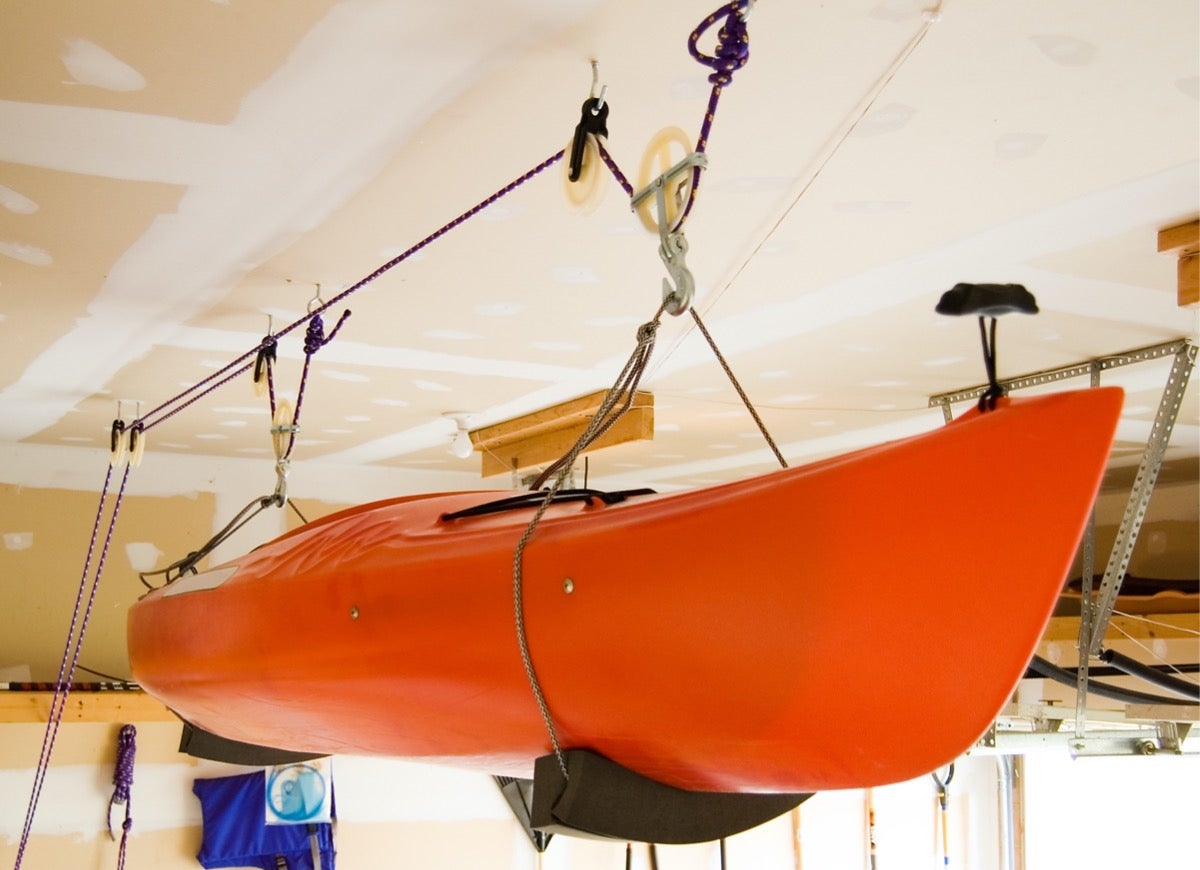

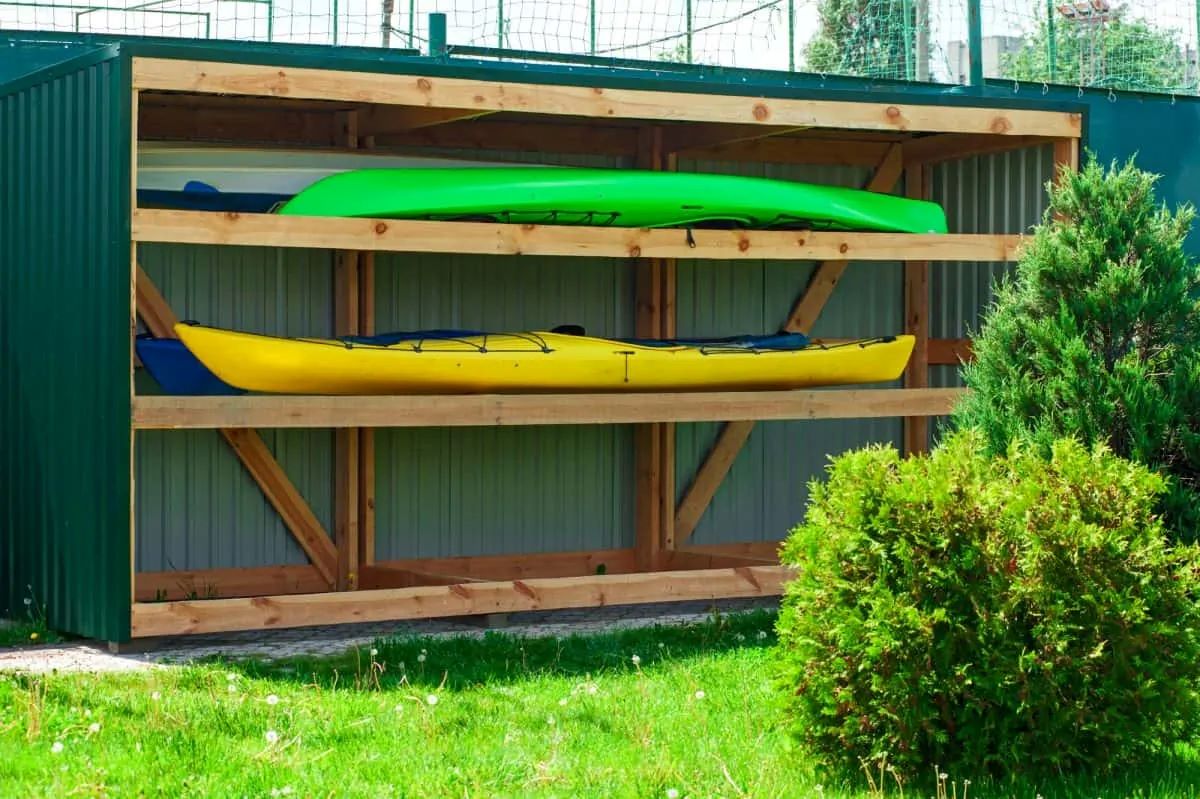
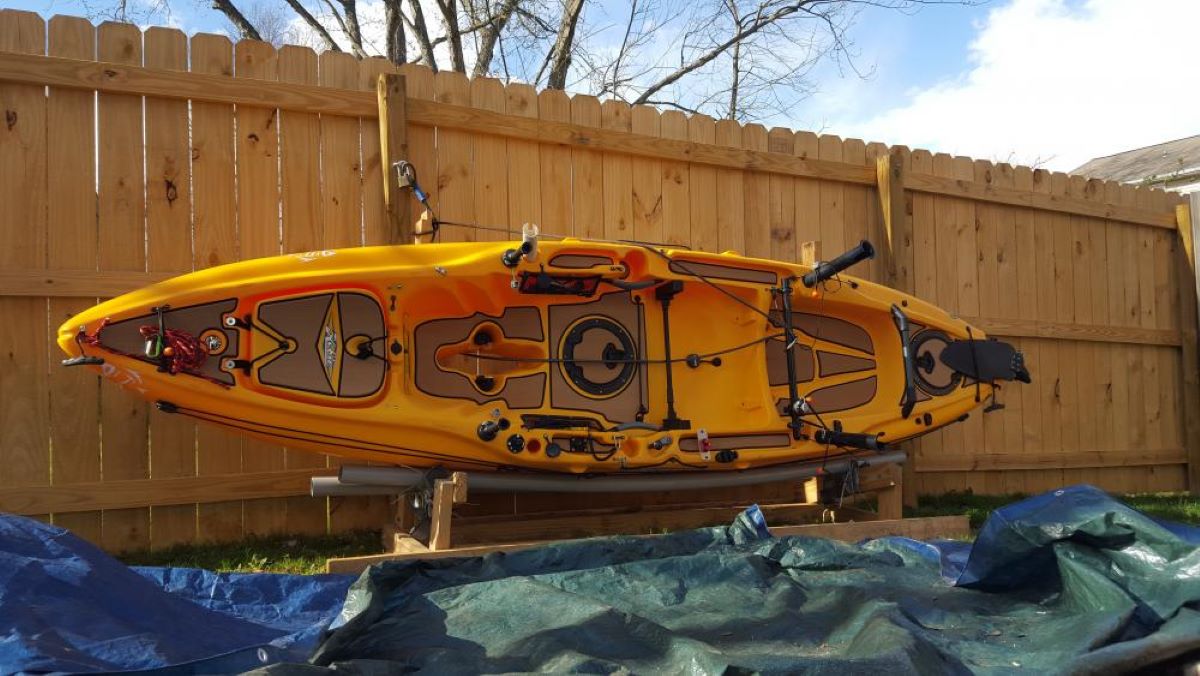
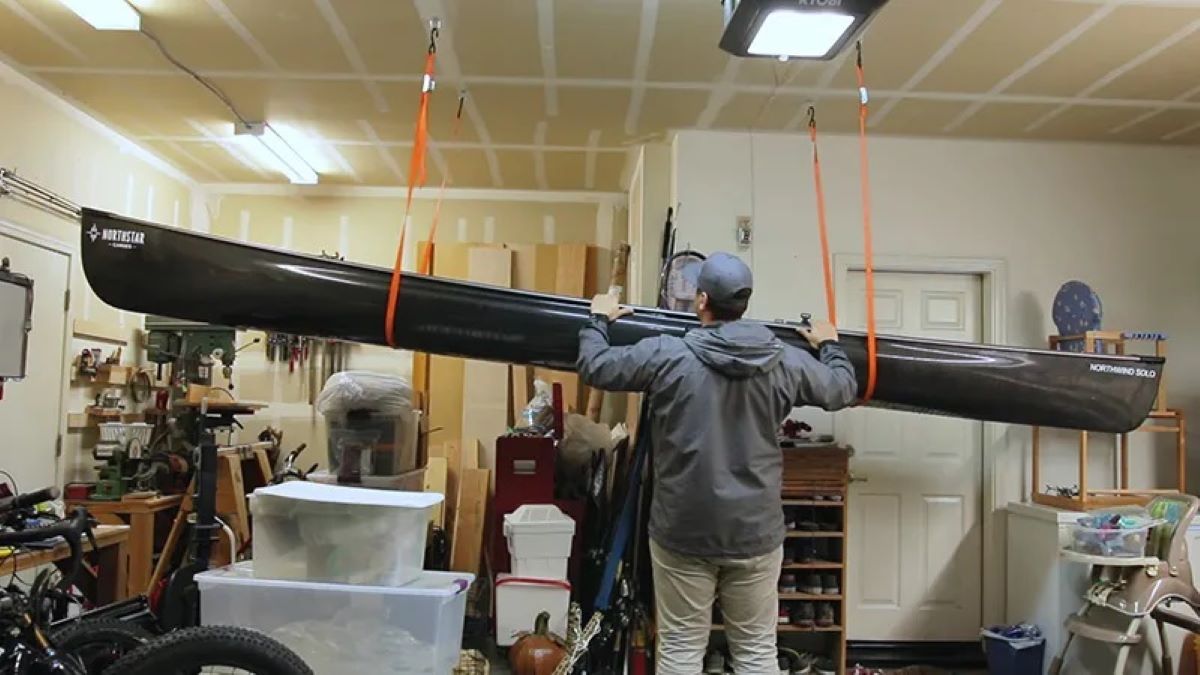
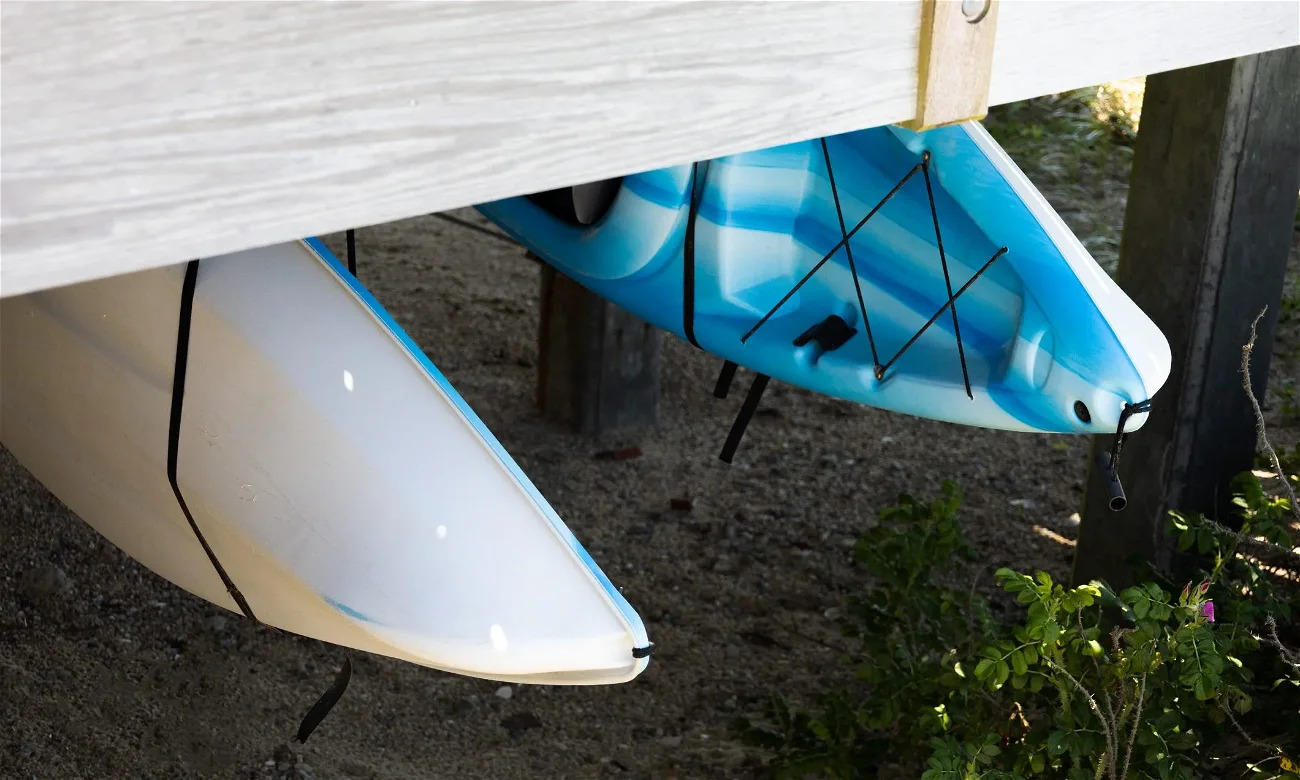
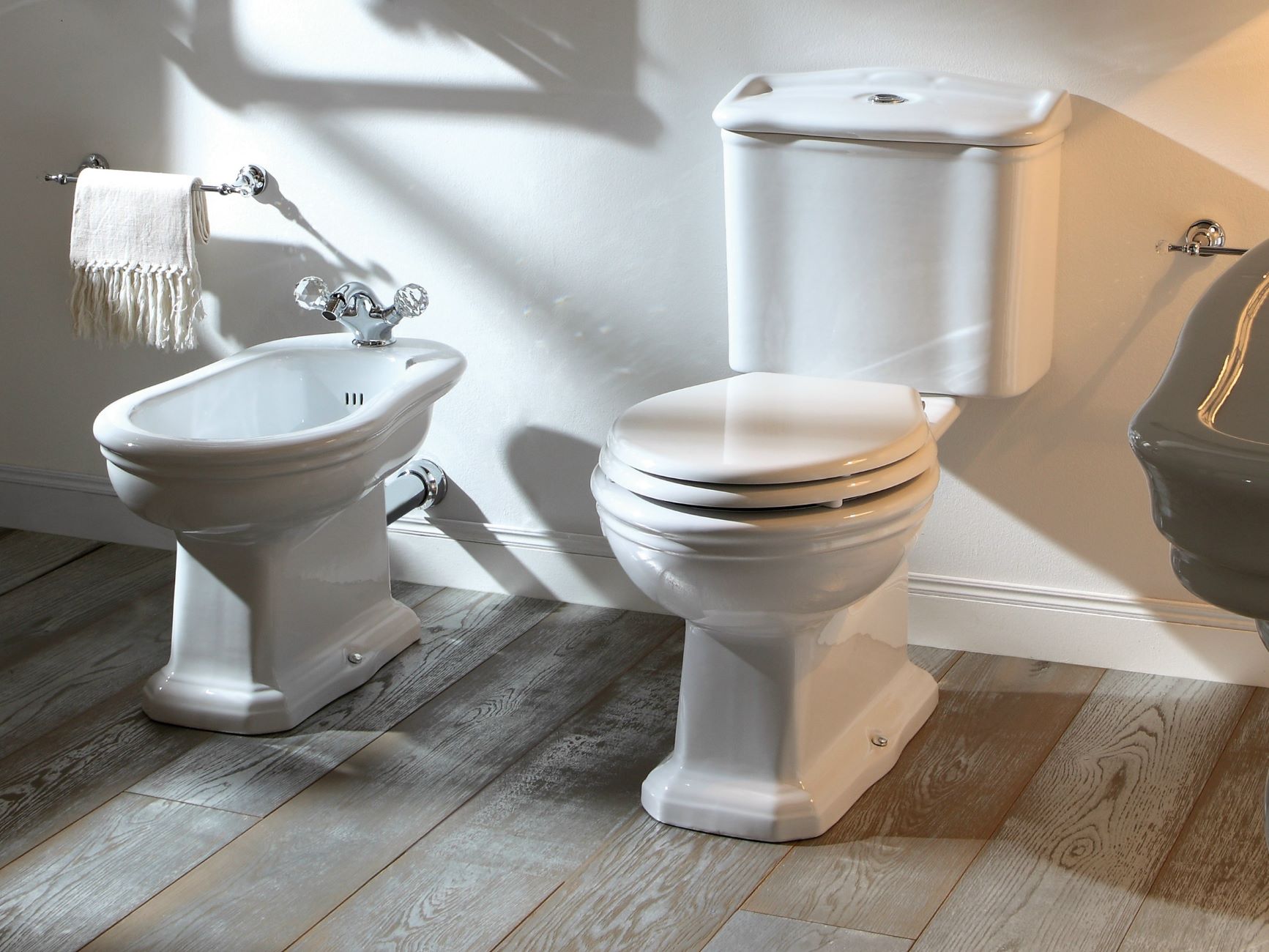



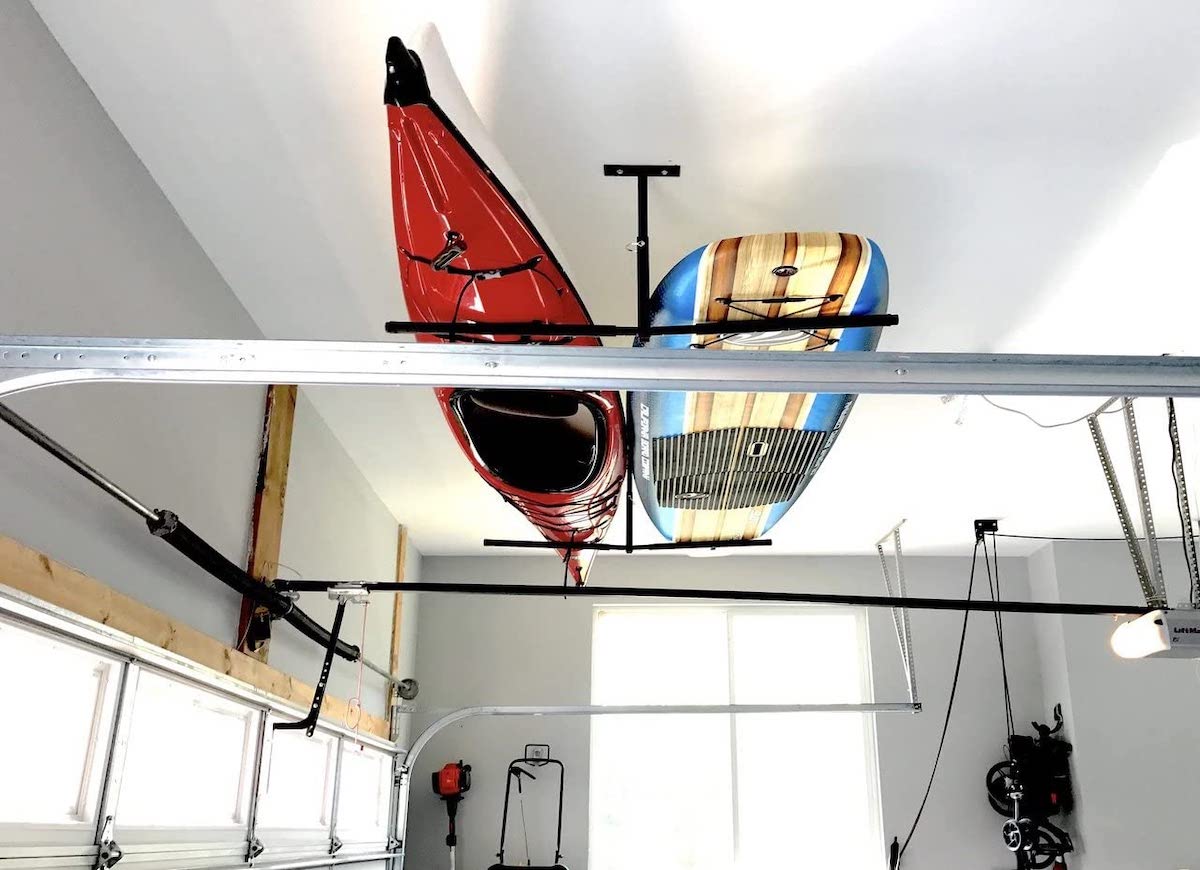



0 thoughts on “How To Store A Sit On Top Kayak”